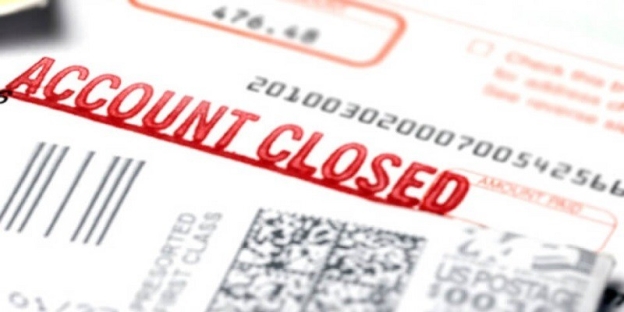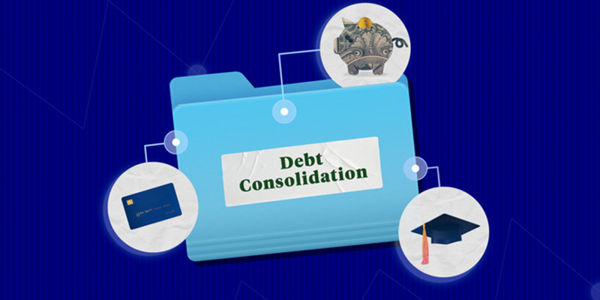How Can You Improve Your Credit Score In 2025
Are you frustrated with your credit score holding you back? You may be eyeing a new car, planning to buy your first home, or seeking better interest rates. However, when your credit report is reviewed, it's not quite where you had hoped it would be. So, what now?
Let's look at what works—no myths, no vague advice—just a clear, actionable roadmap.
Step 1: Check Where You Stand (And What’s Dragging You Down)
Start by pulling your credit reports from all three major credit bureaus—Equifax, Experian, and TransUnion. In 2025, you can still do this for free at AnnualCreditReport.com.
What are you looking for?
Any late or missed payments
Collections or charge-offs
High credit utilisation
Errors or unfamiliar accounts
Accounts you’ve closed or let go inactive
If you spot errors, dispute them immediately. This can give you a quick boost if inaccurate negatives are holding you back.
Step 2: Focus On The One Thing That Affects Everything—Payment History
This is the most critical factor in your credit score, accounting for around 35% of it.

If you’ve had trouble paying bills on time in the past, it’s time to turn that around. Here’s how to do it:
Set up auto-pay for at least the minimum due
Use calendar reminders or budgeting apps if you prefer manual payments
Reach out to creditors if you’re struggling—they may offer hardship plans that prevent reporting a missed payment
Paying on time for even six straight months can start reversing some of the damage from the past.
Step 3: Credit Utilisation—Keep It Low, Even If You Use Cards Regularly
Another big part of your score? How much of your available credit are you using? This is referred to as your "credit utilisation ratio." Ideally, you want to stay under 30%, but the lower, the better.
If you’re currently over that threshold, here are a few ways to fix it:
Pay Down Balances Aggressively
Even a small dent can lower your utilisation percentage.
Ask For A Credit Limit Increase
More available credit (with the same balance) instantly lowers your utilisation, without requiring you to spend less.
Spread Out Your Spending
Instead of using one card heavily, divide purchases across multiple cards to keep each utilisation level low.
Step 4: Add Positive Credit History—Even If You’re Starting Fresh
Do you have little to no information on your credit report? Or trying to rebuild? You need to show lenders that you can handle credit responsibly.
These options can help you build (or rebuild) history:
Secured Credit Cards
You put down a deposit, and your activity gets reported to the bureaus
Credit-Builder Loans
These small loans are designed for people looking to establish credit
Become An Authorised User
If someone with good credit adds you to their card, you benefit from their payment history.
Use Rent Or Utility Reporting Services
Platforms like Experian Boost allow you to add payments that typically don't count toward your credit score.
Ensure that the accounts you open are reported to all three major credit bureaus—that's key.
Step 5: Don't Close Old Accounts (Unless You Have To)
Older accounts help increase your credit age, which accounts for approximately 15% of your score. Even if you no longer use an old credit card, consider keeping it open.

Instead, keep it active by putting a small recurring charge on it—like a streaming service—and paying it off in full each month. This keeps the account open, demonstrates responsible usage, and helps with your utilisation, too.
Step 6: Don’t Apply For Too Much At Once
Each time you apply for new credit, a hard inquiry is reported on your credit report. Too many of those in a short period can hurt your score.
In 2025, credit models will be better at distinguishing between "rate shopping" (such as comparing mortgage or car loans) and risky behaviour. However, spacing out your applications is still a wise move.
Apply only for credit you need—and avoid opening store cards just for discounts. They usually have low limits and high interest rates, which won't help your score in the long run.
Step 7: Monitor Your Progress (And Protect Your Score)
You’ve put in the work—now it’s time to keep an eye on your results.
Many banks and credit card companies offer free credit monitoring tools, so use them. This way, you’ll:
See your score improve in real time
Get alerts for changes or suspicious activity
Track how your payment habits are impacting your score
In a world of identity theft and fraud, keeping track of your credit is no longer optional—it's essential.
What About Debt Consolidation And Credit Repair Companies?
These can help—but only in certain situations.
Debt consolidation makes sense if you're juggling multiple high-interest balances and struggling to keep up. A single loan with a lower interest rate can simplify things and improve your utilisation.
Credit repair companies, on the other hand, charge fees to do things you can often do yourself, like disputing errors or negotiating with creditors. Be cautious if you decide to use one; research thoroughly and verify the legitimacy of the credentials.
Building Credit Is A Long Game—But You’ll Get There
Improving your credit score isn't about overnight magic—it's about steady progress. But here's the good news: The habits you build while enhancing your credit are the same ones that will help you maintain it. If you can stick to on-time payments, keep your balances low, and monitor your credit health, your score will almost certainly rise. And when it does? That's when more financial opportunities start to open up for you.
Your dream home, that car you've been eyeing, or just the relief of not stressing over every loan application—they're all within reach. 2025 might be the perfect year to take control of your credit story finally.







